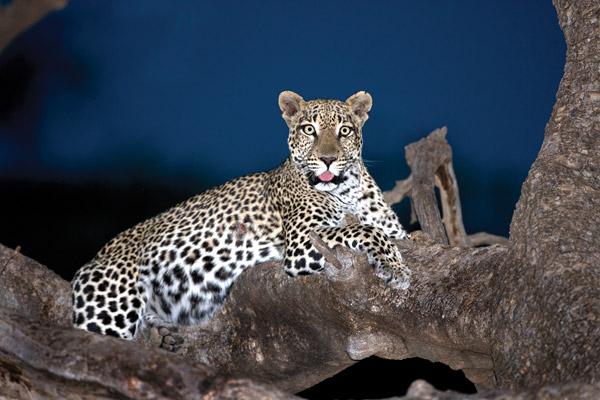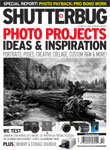|
Nov 18, 2013 |
First Published: Dec 01, 2013
|
Nov 18, 2013
|
Nov 18, 2013
|
Oct 17, 2013 |
First Published: Nov 01, 2013
|
Oct 17, 2013
|
Oct 17, 2013
|
Sep 10, 2013 |
First Published: Oct 01, 2013
 On The Cover
On The Cover







 On The Cover
On The Cover
